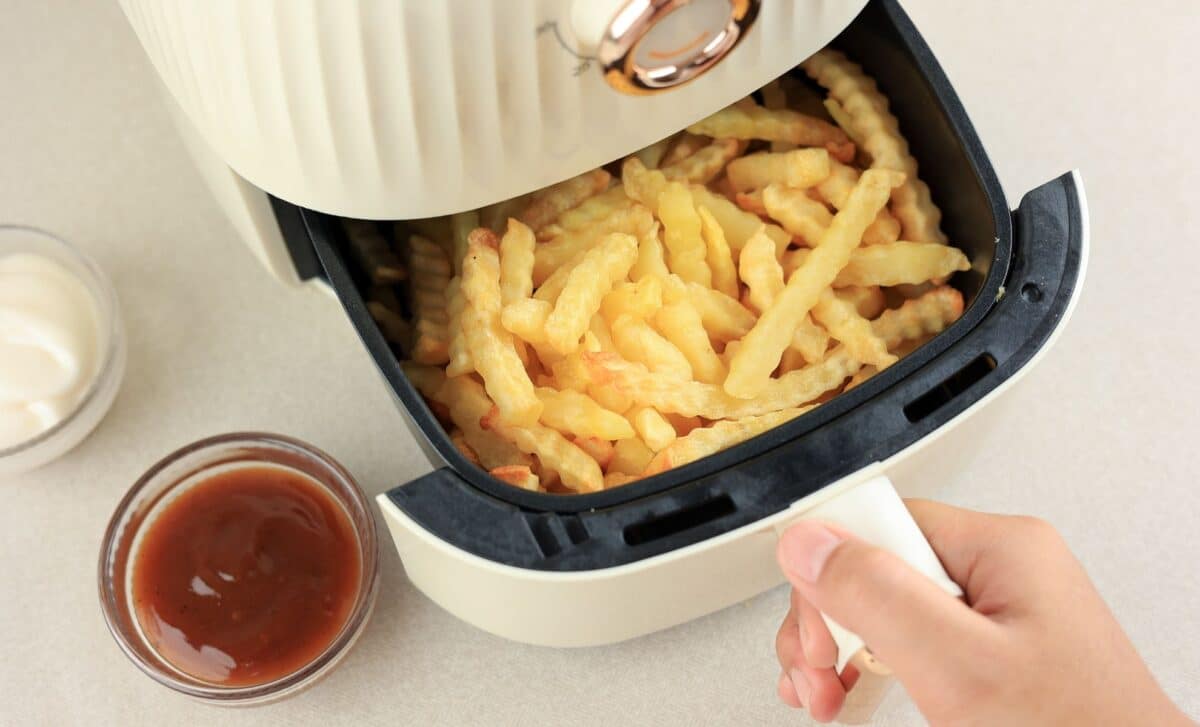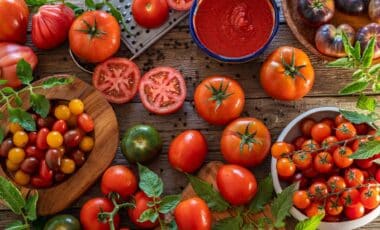The airfryer has become a fixture in contemporary kitchens, celebrated for its promise of healthier cooking with little to no oil. Its convenience and efficiency have seduced countless home chefs looking to prepare crispy and satisfying meals without the mess of traditional frying. Yet beneath its sleek surface lies a series of unexpected pitfalls that can compromise both flavor and function.
When innovation meets its limits
Despite its reputation for versatility, the airfryer has its boundaries. It can replicate the texture of deep-frying with impressive results for many dishes, but not all ingredients respond well to the dry, high-speed circulation of hot air.
Using the wrong types of food can not only lead to underwhelming meals, but may also cause lasting damage to the device. Understanding these limitations helps users avoid frustration and ensure consistently enjoyable results.
What If Blueberries Aren’t That Healthy? These Underrated Foods Blow Them Away
What not to cook: the airfryer’s blacklist
Not all foods are created equal when it comes to airfrying. While it’s tempting to toss anything into the basket, certain items lead to disappointing—or messy—outcomes:
- Soft cheeses like brie or camembert melt rapidly and can drip through the basket, creating cleanup nightmares and possible damage.
- Leafy greens such as kale or spinach are too light. They either burn or get blown around by the air current, leaving you with scorched scraps.
- Raw rice and pasta need moisture and time to cook properly—things the airfryer simply cannot provide.
- Saucy dishes like stews or curries are a bad fit. Their liquid base can overflow, making cleanup difficult and possibly harming the machine.
- Popcorn, while tempting, doesn’t pop well due to the uneven heat distribution inside the device.
- Lean fish like cod or sole dries out very quickly in the intense dry heat, losing its flavor and texture.
These foods either react poorly to the airfryer’s design or pose a threat to the functionality of the appliance itself.
The view from a nutritionist
Laurianne Chignard, a French dietitian, emphasizes that the success of an airfryer meal starts with choosing the right foods. She points out that oily fish such as salmon work very well because their natural fat content supports even cooking and preserves tenderness. Vegetables that retain a good amount of moisture also fare better, especially when sliced evenly.
She advises against attempting overly ambitious or unconventional recipes in the airfryer, warning that it is not a one-size-fits-all solution. In her words, “It’s not a pressure cooker,” and trying to force unsuitable meals into it often leads to wasted ingredients and frustration rather than convenience.
Tips for better results
Even with the most compatible foods, technique matters. Overloading the basket, for example, blocks proper airflow and can cause parts of the dish to remain undercooked. Using accessories like non-stick liners or perforated baking paper can help when preparing delicate ingredients, keeping them from sticking or slipping through the mesh.
Regular cleaning of the device also helps maintain flavor quality and extends the lifespan of the unit. The key is to treat the airfryer as a specialized tool, not a universal fix for all culinary tasks.







